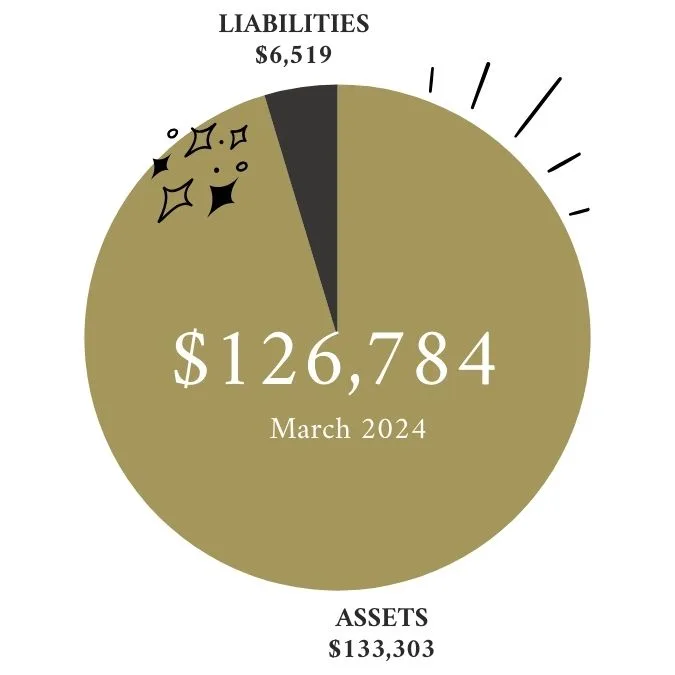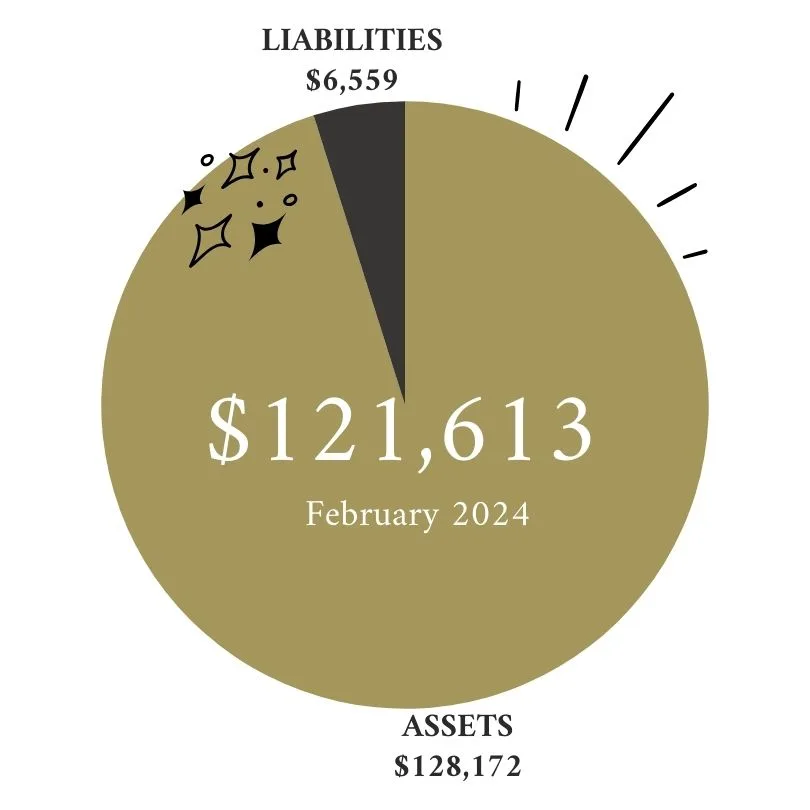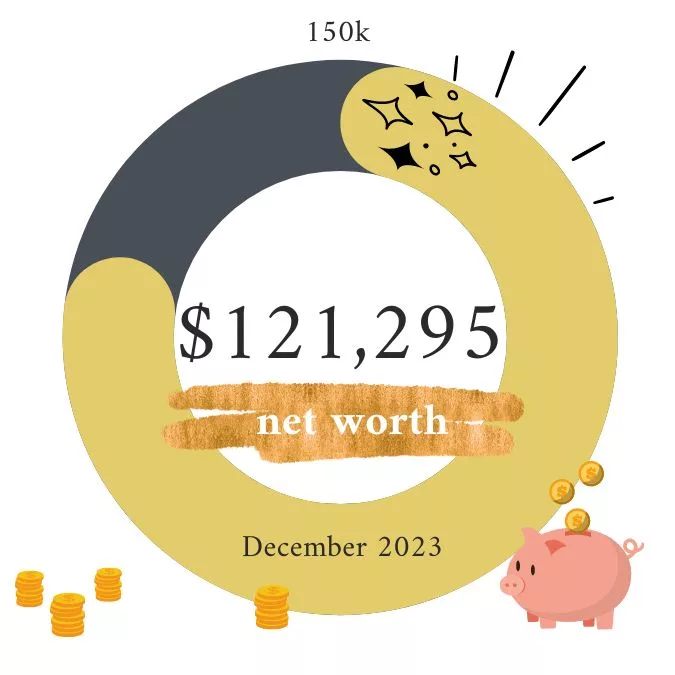How to write checks (cheques) is now a lost but necessary skill to be successful in adulthood. Checks may be considered a relic from the past in today’s digital age, but they hold a significant place in modern society. Although the use of cash has dwindled, there are specific situations where relying on a checkbook is necessary.
Checks provide a secure and traceable method of payment. When making large transactions or paying for services where cash is not practical, a check ensures a paper trail that can be used for record-keeping purposes. Additionally, for businesses, checks offer a layer of accountability and professionalism when paying vendors or employees.
Scenarios where it’s important to know how to write checks can be when renting an apartment, buying a house, paying utilities, or moving large sums of money securely. It’s arguably safer to carry a check for $5,000 than it is straight cash. So how does one write a check?

Here is a summary of the steps to write a check:
- Date: Write the current date in the top right corner.
- Payee: Write the name of the person or business you are paying.
- Amount: Write the numerical amount in dollars and cents.
- Amount in words: Write out the amount in words.
- Memo: Optional, write a note or reference for the payment.
- Signature: Sign your name on the bottom right corner.
- Bank Information: Check the pre-printed bank information, is it still up-to-date? If not, you can cross it out and write (small) your updated contact information or order a new set with corrections.
- Record Keeping: Keep a record of the payment for your reference.
Awesome! You know how to write checks now. But how do you cash one if you receive it?
On the back of all checks is a signature area. Typically signing the check when you’re ready to deposit or cash it is enough. Usually you can bring it to a teller at your bank or some banks arms allow check deposits. If you’re making a mobile deposit, you’ll need to follow your bank’s protocol. For example, in addition to a signature, we also have to write “mobile deposit only” and the bank account number we’re depositing it to.
Hopefully this helps you get a better grasp on a topic not not taught in schools! Still use debit cards? See how it could be exposing your hard earned money to potential thiefs.








